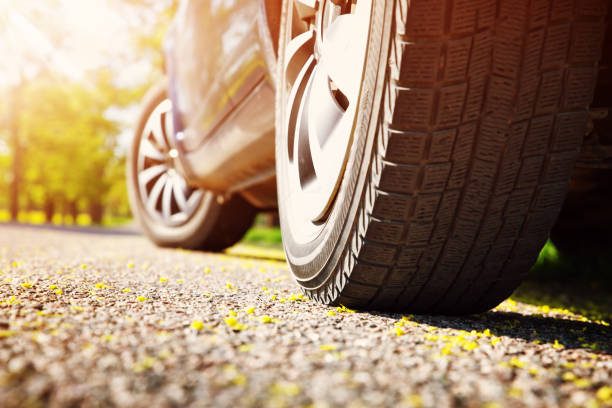Without a doubt, extreme temperatures can affect your car, including your tires. Tires expand and contract as temperatures rise and fall, and they typically can handle those variations without much problem.
Yet, those temperature extremes can also lead to tire failure, which may happen at the most inopportune time, such as when you are on the highway far from home.
Taking care of your tires will ensure that your trip goes as planned, barring any other problems that may suddenly arise. To that end, we have listed some of the more useful tips to help keep your tires cool this summer.
Tire Care Tips for Summer
1. Inflate your tires to the proper level.
What confounds not a few drivers are the inflation rates for tires. On the sidewalls themselves, there are recommended inflation levels embossed by the manufacturer.
However, the inflation rate you should use or PSI is what the car manufacturer identifies as being correct. In this case, it is information found in your owner’s manual or on a placard located on the driver’s door jamb or in the glove box.
2. Purchase a quality tire pressure gauge.
There are tire pressure gauges and then there are tire pressures gauges. Some gauges are cheaply made and may not render a correct number. Others are better constructed and will deliver the most accurate reading every time.
3. Check your tires when they are cold.
To get an accurate reading on air pressure, only check your tires when they are still cold. Drive more than a mile to a tire pump and you will get an inaccurate reading. That reading may cause you to over-inflate your tires, which can lead to premature wear.
In a worst-case scenario, it could also lead to tire failure.

